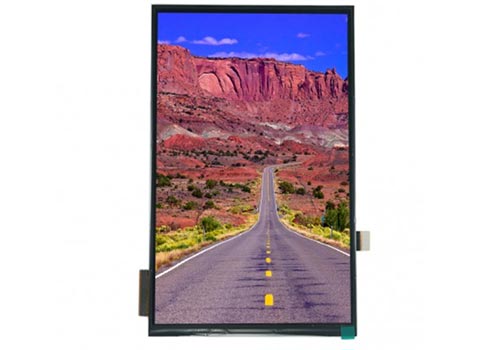What is the difference between IPS and TFT panels?
TFT (Thin Film Transistor)
1. Definition:
TFT is a type of LCD (Liquid Crystal Display) that uses thin-film transistor technology to improve image quality.
2. Function:
It acts as a control mechanism for each pixel on the display, allowing for faster response times and better control over image quality.
3. Common Types:
TFT is a general term that encompasses various types of LCD panels, including IPS.
4. Characteristics:
Cost: Generally lower in cost compared to IPS panels.Response Time: Typically faster response times, which can be advantageous for gaming and fast-moving visuals.
Viewing Angles: Limited viewing angles compared to IPS panels, which can result in color and contrast shifts when viewed from different angles.
Color Reproduction: Adequate but not as accurate or vibrant as IPS panels.
IPS (In-Plane Switching)
1. Definition:
IPS is a type of TFT LCD technology known for its superior color accuracy and wide viewing angles.
2. Function:
It aligns liquid crystals in a parallel fashion to the glass layers, which helps maintain color accuracy and image quality from various viewing angles.
3. Characteristics:
Color Accuracy: Superior color reproduction, making it ideal for tasks requiring color precision like graphic design and photo editing.Viewing Angles: Excellent viewing angles with minimal color shift when viewed from the side.
Response Time: Slightly slower response times compared to other TFT types, although modern IPS panels have improved significantly in this area.
Cost: Typically more expensive due to the enhanced technology and better performance characteristics.
Summary
TFT: Refers to the underlying technology used in many types of LCD panels, including IPS.
IPS: A specific type of TFT LCD known for its superior color accuracy and viewing angles.
In essence, while all IPS panels are a type of TFT panel, not all TFT panels are IPS. The choice between the two often depends on the specific use case, with IPS panels being preferred for color-critical applications and wider viewing angles, while other TFT panels may be chosen for their cost-effectiveness and faster response times.




